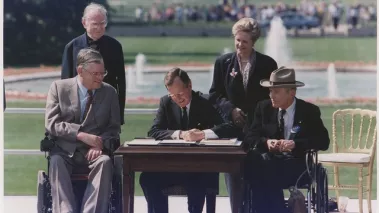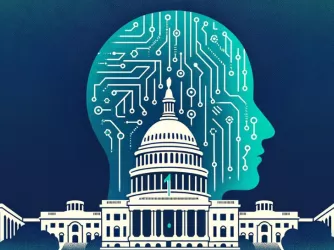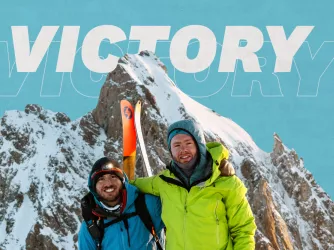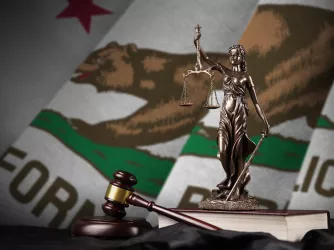Table of Contents
Free expression beyond words: A personal story on hermeneutical injustice

Wikimedia Commons
President George H.W. Bush signs the Americans with Disabilities Act of 1990 into law on the South Lawn of the White House
Vydalia Weatherly is a rising senior at Mercyhurst University and a FIRE summer intern.
When I was younger, one of my favorite movies was “Bee Movie.” It starts off by paraphrasing Mary Kay Ash’s quote: “Aerodynamically the bumblebee shouldn’t be able to fly. But the bumblebee doesn’t know that so it goes on flying anyway.”
Even though society fails to understand how bees fly, we do not infringe on their ability to fly. In fact, bee sanctuaries have been and continue to be built in order to protect bees and allow them to thrive.
Strangely enough, we don’t seem to extend such charity to our fellow humans. We tend to infringe on or ignore the rights of people we do not understand. As demonstrated through the Disability Rights Movement, people living with disabilities have as much capacity to work, live, and communicate as everyone else.
As someone who did not possess the ability to speak for more than half of my life, I know the importance of protecting free speech.
When I was four years old, I was diagnosed with a severe stutter. From preschool to ninth grade, I underwent intense speech therapy. I was silenced and shamed by my peers for a disability that I had no control over. Despite having a limited ability to speak, other people would frequently presume to speak for me. They would make assumptions about my desires and thoughts. It was only when I no longer stuttered that my confidence grew, and I was able to stand up for myself.
At first, I thought standing up for myself only meant vocalizing my thoughts with words. While the First Amendment protects this means of expression, for someone with a speech impediment, its utility is severely diminished. Throughout my education and my time at FIRE, I have to come to realize that the First Amendment is so much more than that.
I now understand I experienced something called “hermeneutical injustice” when I was younger. Coined by philosopher Miranda Frickler, a hermeneutical injustice occurs when the majority of society cannot understand the minority experience. In this scenario, society is structured around the majority’s life experiences, leaving the minority experience out of the picture. Since no one around me knew what it was like to have a stutter, they treated me differently and silenced me.
Those living with disabilities have been speaking about their struggles and the injustices committed against them for decades with gradual success. One of the biggest examples of the fight to be treated equally occurred on March 13, 1990, when thousands of people gathered for a demonstration in Washington, D.C., in support of the Americans with Disabilities Act, drawing the attention of lawmakers and people throughout the globe.
When the march arrived at the U.S. Capitol Building, about 60 people abandoned their wheelchairs and crawled up the stairs leading to the entrance of the building to demonstrate the need for the ADA. Among the crawlers was eight-year-old Jennifer Keelan-Chaffins, who crawled for approximately an hour-and-a-half to make it to the top of the steps.
The “Capitol Crawl” highlights the importance of the First Amendment and the power of the freedom of expression it protects. The right to petition the government and peaceably assemble allowed demonstrators to protest at the U.S. Capitol. The First Amendment’s recognition that freedom of expression goes beyond words allowed protestors to communicate their daily struggles without saying a single word. Combined with the freedom of the press, thousands across the nation who previously did not know what it was like to live with a disability were able to witness the struggles of those who did.
As disability right’s activist Michael Winter recalled, “Some people may have thought it was undignified for people in wheelchairs to crawl in that manner, but I felt that it was necessary to show the country what kinds of things people with disabilities have to face on a day-to-day basis. We had to be willing to fight for what we believed in.”
Ultimately, thanks to the national protest, including the Capitol Crawl, the ADA was signed into law by then-President George H.W. Bush on July 26, 1990.
Even so, 30 years later there are still disparities in how people with disabilities are treated. As writer and disability educator Denise Sherer Jacobson said in the 2020 documentary “Crip Camp,” “The ADA was a wonderful achievement. But it was only the tip of the iceberg.” The First Amendment is an important and powerful tool for future progress.
While it may be difficult to understand what another person is going through, it is not impossible. Ultimately, the First Amendment allows us all to gain a better understanding of the people and the world around us — and to prevent injustices from occurring.
Recent Articles
FIRE’s award-winning Newsdesk covers the free speech news you need to stay informed.

O holy fight: New Hampshire Satanic Temple statue threatened by more than vandals

California and other states are rushing to regulate AI. This is what they’re missing

One day after FIRE lawsuit, Congress passes changes to filming permits in national parks


